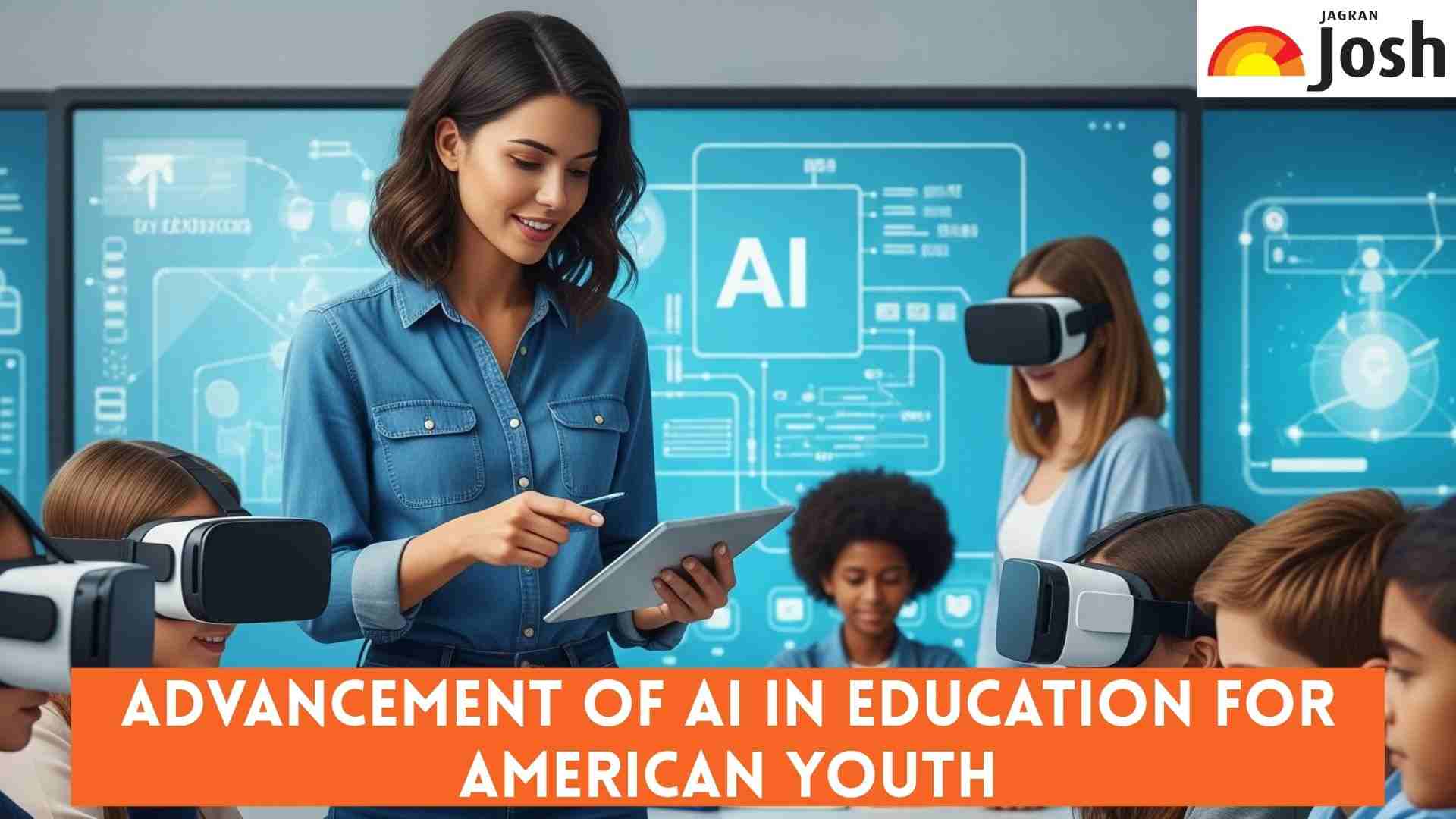Artificial intelligence (AI) quickly becomes a large part of the way students in the United States learn. A recent Student Generative Ai Survey 2025 shows that 92% of students use a generative AI for things like taking notes or studying. To help students succeed in a world focused on technology, the United States creates new programs to teach AI skills in schools from an early age. The goal is to help students not only use technology, but also to create and lead with it. Read the article below to find out what AI is, why it is important and how it is used in classrooms to build the future of education.
Read on The science behind the north and southern lights – explained
What is AI?
Artificial intelligence (AI), as defined by American law (15 USC 9401 (3)), is a system based on the machine which can make predictions, suggestions or decisions that affect the real or digital world, based on objectives set by humans. These systems use machines and people data to understand their environment, analyze this information and make choices or act. In simple terms, AI allows machines to do things that normally need human thinking, such as learning, planning or problem solving.
What are the sections of the progress of AI in education?
The advancement of artificial intelligence in the education of young Americans is approached in several key areas, reflecting a complete federal strategy:
|
Section |
What he says |
|
1. Context |
AI changes the world and the United States want its students to learn it early. Students must be ready for jobs that use AI. Teachers also need training and support. Everyone – children from kindergarten to adults – should have the chance to find out about AI. |
|
2. Policy |
The US government's official plan is to teach more people on AI, especially in schools. This includes helping teachers and giving students an early exposure to AI subjects. |
|
3. Definition |
AI means machines or software that may think, learn or make decisions. The order uses the official definition of the government. |
|
4. |
A special group (called a working group) is created to direct these efforts. It includes leaders from different departments such as education, work and agriculture. This team will ensure that all parties of government work together on AI education. |
|
5. Challenge Ai |
The government will create a major national competition to celebrate and encourage students and teachers who do an excellent job with AI. There will be categories based on age, location and subject. |
|
6. Ai in education K – 12 |
Agencies will team up with schools, technological companies and non -profit organizations to create free tools and lessons to teach students AI. The government will also help teachers use AI tools in class and offer advice on the use of IA education grants. |
|
7. Teacher training in AI |
Teachers will receive special training on how to use and teach AI. This will include learning how AI can help with class tasks and how to teach IT and AI. |
|
8. Professional learning and skills |
More vocational training and learning (learning through work) in AI will be created. Secondary students will have the chance to take AI lessons and win certificates that help them find a job or go to university. |
|
9. |
This order does not change any laws. It simply gives advice and an orientation on how to support the education of AI using current laws and financing. |
What are the characteristics of artificial intelligence used in education?
The characteristics of artificial intelligence that make it precious in an educational context include:
-
Learning and adaptation: AI systems can learn data and experiences, continuously improving performance and adapting to new information. This is crucial for personalized learning paths.
-
Problem solving and decision -making: AI excels in the processing of large amounts of data to identify models, predictions and support decision -making, which can help the development of programs and the evaluation of students.
-
Natural language treatment (NLP): Allows AI to understand, interpret and generate human language, facilitating interactive learning tools such as intelligent tutoring systems and chatbots.
-
Automation: AI can automate repetitive tasks, freeing educators to focus on more complex educational and mentoring roles.
-
Perception: AI systems can interpret various forms of data, including images and audio, allowing various educational applications such as virtual laboratories and interactive simulations.
Must read- What is not a tax on overtime and no tax on advice? Explain
Conclusion
The strategic advancement of artificial intelligence in the education of young Americans highlights a commitment to promote a ready generation for the future. By clearly defining what is AI and taking advantage of artificial intelligence and education through dedicated policies, working groups and training of educators, the objective is to ensure equitable access to literacy and the competence of AI. These collective efforts, by focusing on the inherent characteristics of artificial intelligence, are ready to transform learning experiences, to empower educators and to establish a solid base for young Americans thrive in a world powered by AI.
